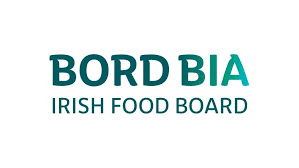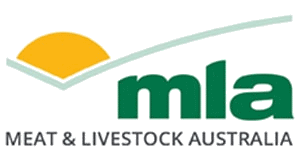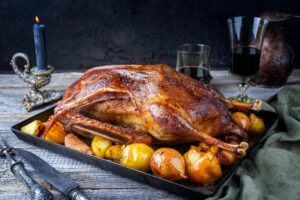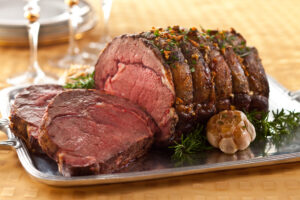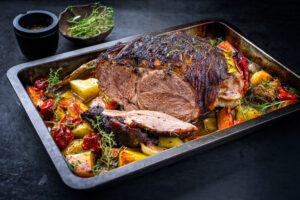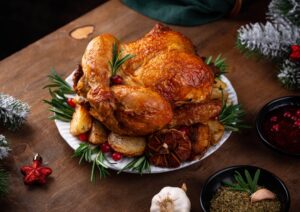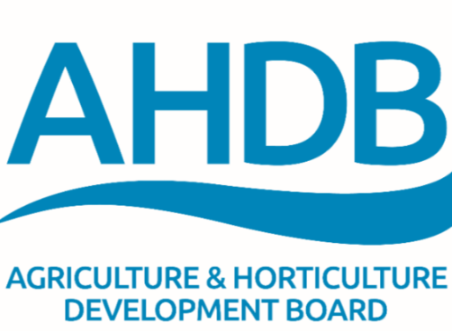Irish Sheep Trade & Prices Update
Quotes
Base quotes from the major processors have improved slightly this week with €8.20/kg – €8.50/kg for well finished lambs (+QA bonus) on offer. With well fleshed lambs in demand, some major processors have also increased paid carcass weight limits, with all main plants paying for a 23-5kg carcass.
Relatively tight lamb supplies combined with some stability in demand from the domestic and export markets have contributed to this firming of the trade all year. Tighter lamb supplies are also a feature in other key lamb producing regions of Europe and the UK with the latest Eurostat figures indicating a contraction in breeding flock numbers in many regions.
The Irish ewe flock contracted by 3.7 per cent in the December 2023 census versus December 2022 levels. This decline in the ewe flock of 107,000 head is one factor contributing to the tightness in supplies currently.
Prices
Reported deadweight price for week ending the 8th of December increased by 26c/kg to €8.14/kg, reflective of the continuing improvement recorded in quoted prices from the major lamb processors. In the corresponding week in 2023 the reported deadweight price was €6.42/kg. The deadweight trade has also improved across the UK regions.
Reported spring lamb prices in mainland GB were the equivalent of €8.36/kg last week (+9c/kg) while in Northern Ireland there was a notable improvement in the trade to be €8.02/kg (+16c/kg).
Relatively tight supplies of lamb for slaughter in Northern Ireland combined with competition from the live export trade to both mainland GB and ROI contributed to this firming in the trade.
Southern Hemisphere prices remain well below European prices however they have improved significantly over the last few weeks, narrowing the price differential with the EU. With a lead time on product shipments this recent improvement in deadweight prices should impact their competitiveness on EU markets in the medium to longer term.
Prices this week took a jump and are at €5.52/kg and €4.47/kg for Australia and New Zealand , Australia’s price taking another jump by 17c/kg while New Zealand sees a slow down reducing of 5c/kg after a period of mostly week on week increases for the past 15 weeks.
Throughput
There was a decrease in the total sheep kill in DAFM approved plants last week to 41,265 head, compared to 59,714 the same week in 2023.
Tighter supplies has been a feature of the 2024 lamb season to date with a smaller lamb crop, a difficult lambing and changeable grass growing conditions all impacting lamb availability for processing. Total TYD slaughter is down 9% on 2023 to total 2,318,846 head.
